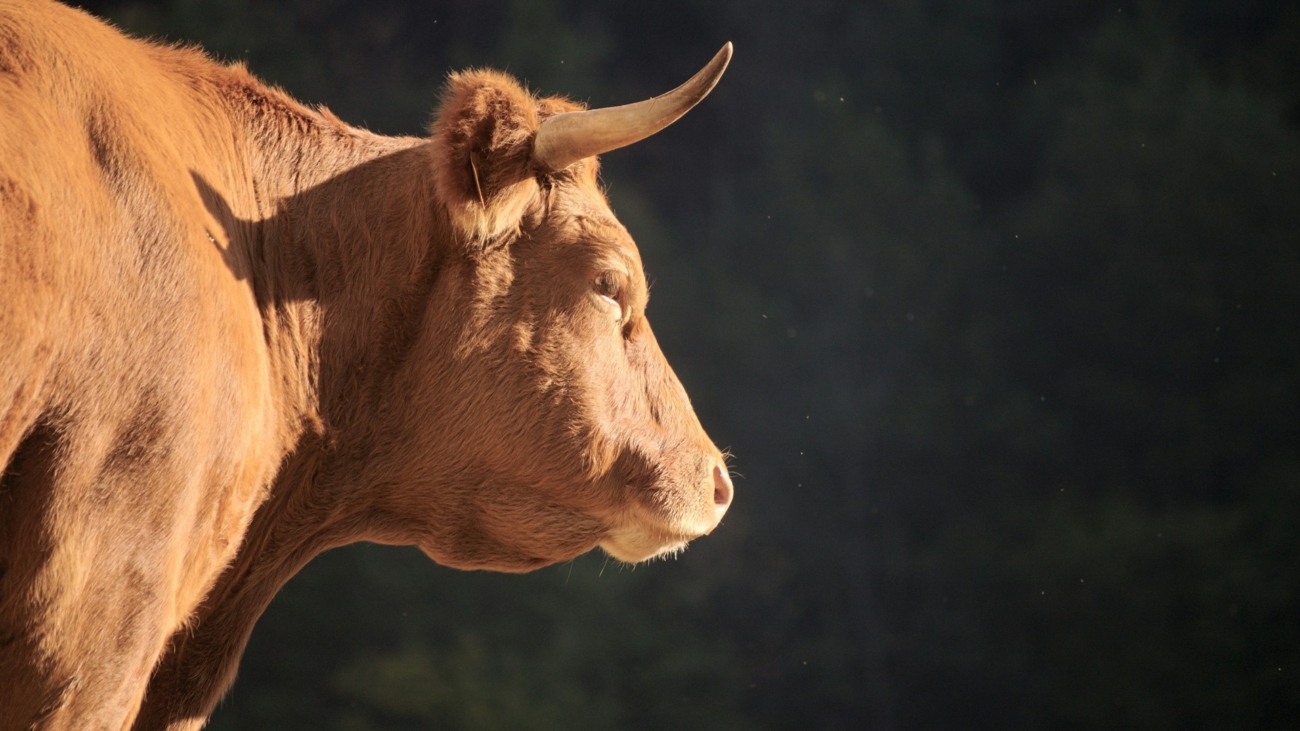The integration of crop and livestock farming, known as Integrated Crop-Livestock Systems (ICLS), represents a sustainable agricultural model that combines crop production with cattle farming. This approach maximizes resource efficiency by utilizing crop residues as feed for cattle and cattle manure as fertilizer for crops. As global agricultural practices evolve to meet the growing demand for food and reduce environmental impacts, ICLS offers significant economic, environmental, and social benefits. This article explores the economics of ICLS and its potential to transform modern agriculture.
Economic Benefits of Integrated Crop-Livestock Systems
1. Cost Reduction
- Feed Costs: One of the primary economic advantages of ICLS is the reduction in feed costs. Crop residues such as straw, husks, and stover, which would otherwise go to waste, can be repurposed as nutritious feed for cattle. This reduces the need for purchased feed and lowers overall production costs.
- Fertilizer Costs: Cattle manure is a valuable organic fertilizer rich in nutrients. Using manure to fertilize crops can significantly reduce the need for chemical fertilizers, leading to substantial cost savings. Additionally, organic fertilizers improve soil health over time, further enhancing crop productivity.
2. Increased Productivity
- Enhanced Soil Fertility: The application of cattle manure improves soil structure, increases organic matter, and enhances microbial activity. This leads to better water retention, nutrient availability, and ultimately, higher crop yields.
- Improved Crop Yields: With healthier soils, crops can achieve higher yields. This increased productivity translates into greater returns per unit of land, enhancing the overall profitability of the farm.
3. Diversified Income Streams
- Multiple Revenue Sources: By integrating crops and livestock, farmers can diversify their income streams. They can sell both crop produce and livestock products such as milk, meat, and manure. This diversification reduces financial risk and stabilizes income, especially in times of market fluctuations or adverse weather conditions.
4. Risk Mitigation
- Resilience to Market Fluctuations: ICLS provides a buffer against price volatility in agricultural markets. If crop prices fall, livestock products can compensate and vice versa. This resilience is crucial for the long-term financial stability of farming operations.
- Climate Resilience: Integrated systems are more resilient to climatic variations. For example, during droughts, livestock can still be sustained on crop residues, and manure application can help crops retain moisture.
Environmental and Social Benefits
1. Environmental Sustainability
- Reduced Environmental Impact: ICLS promotes sustainable land use by recycling nutrients within the farm ecosystem. This reduces the need for synthetic inputs, lowers greenhouse gas emissions, and minimizes runoff and pollution.
- Biodiversity and Soil Health: Integrating livestock and crops encourages biodiversity and enhances soil health. Diverse cropping patterns and manure application foster a rich soil ecosystem, leading to sustainable and productive farming.
2. Social and Community Benefits
- Employment Opportunities: The diverse activities involved in ICLS create employment opportunities in rural areas. This can help alleviate poverty and support local economies.
- Community Engagement: ICLS often involves knowledge sharing and collaboration among farmers, leading to stronger community bonds and collective problem-solving.
Challenges and Considerations
1. Initial Investment and Knowledge
- Investment in Infrastructure: Implementing ICLS may require initial investments in infrastructure, such as storage facilities for crop residues and systems for manure management.
- Knowledge and Skills: Successful integration requires knowledge of both crop and livestock management. Farmers may need training and technical support to optimize the system.
2. Labor and Management
- Labor Intensity: ICLS can be labor-intensive, requiring careful management of both crop and livestock components. Efficient labor use and management practices are essential to maximize benefits.
3. Market Access
- Access to Markets: Farmers must have access to markets to sell their diverse products. Developing reliable market channels and networks is crucial for the economic success of ICLS.
Case Study: Successful Implementation of ICLS
Consider a mid-sized farm in Iowa, USA, that implemented an ICLS approach. The farm integrated corn and soybean production with cattle farming. Crop residues from corn and soybeans were used as feed, and cattle manure was applied to the fields as fertilizer. Over a five-year period, the farm saw:
- A 20% reduction in feed costs.
- A 30% reduction in chemical fertilizer expenses.
- A 15% increase in crop yields due to improved soil health.
- Diversified income from the sale of beef and organic manure.
- Greater resilience to market and climate variability.
The farm’s transition to ICLS not only improved its financial bottom line but also contributed to environmental sustainability and community well-being.
Conclusion
Integrated Crop-Livestock Systems offer a promising pathway to enhance the economics of agriculture. By combining crop production with cattle farming, farmers can achieve significant cost savings, increased productivity, diversified income streams, and greater resilience to market and climatic challenges. While there are challenges to implementation, the long-term benefits of ICLS make it a viable and sustainable option for modern agriculture. As the world moves towards more sustainable agricultural practices, the adoption of ICLS can play a crucial role in ensuring food security, environmental health, and economic stability.

